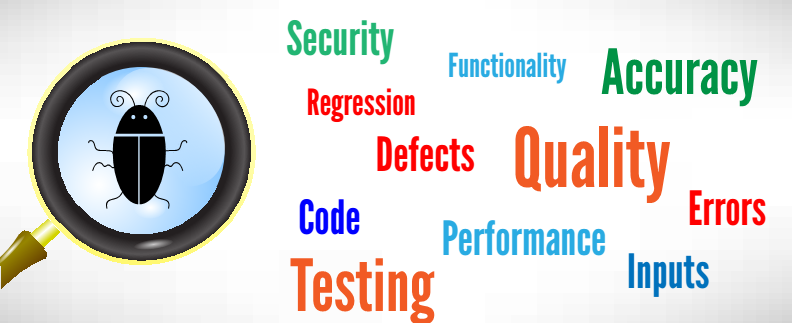In my previous blog, I had discussed three best practices derived from established methodologies that can help erase an organization’s QA and software engineering technical debt. Of the 3 practices mentioned in the list, I would emphasis more on Agile testing as it is most suited to the challenge of technical debt reduction compared to other project approaches like Waterfall, Lean, Hybrid and so forth. Agile methodology not only inject high engineering code quality with a continuous development approach, it also help the team be more proactive and result-oriented.

To take an example, Waterfall project management treats development and QA & Testing as separate processes. In Waterfall and other traditional testing models, usually the QA teams develop, execute and manage test plans at the last minute where they are expected to identify and report all defects. This is the no.1 reason, in fact, that defects creep into the system in the first place. In this case as the software product become mature, the amount of testing grows exponentially and it becomes difficult to keep pace with the speed and the scenarios to be tested. This will ultimately delay the release, leading to the challenge of mounting technical debt. The situation is not very different in Lean and Hybrid models as well.
With Agile, in contrast, all work matters like user stories, bugs, design changes, customer requests, and action items from previous sprints are tightly weaved together and automatically become part of the action plan by the next sprint. The greater clarity and focused approach help improve your test scenarios continuously, improve testing processes and reduce technical debt as the overall consequence.
The ultimate goal of an Agile development practitioner is to deliver new features with a focus on quality and keep up the pace of release cycles. The approach ensures that testing and code quality is evident in each build and the backlog of technical efficiencies is far less compared to other methods. This, by definition, plays a great role in keeping your technical debt in check. Some companies prefer using a formal Agile framework like Scrum. (If you do, some of its structure will need to be adapted to support a remote team).
Watch below video by eInfochips, Where Spencer Greene shares his insights on the practical approach to the tech debt reduction problem.
Whether you use Agile or not, it does offer certain universal principles that are crucial to project success; the most important of these, we’ve found, is the continuous improvement feedback loop achieved through some sort of regular retrospective. To know more about how eInfochips can help reduce your organization’s technical Debt, I recommend you to check out our webpage www.techdebtzero.com












